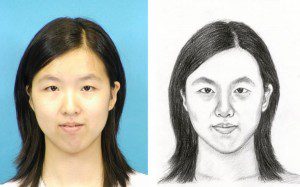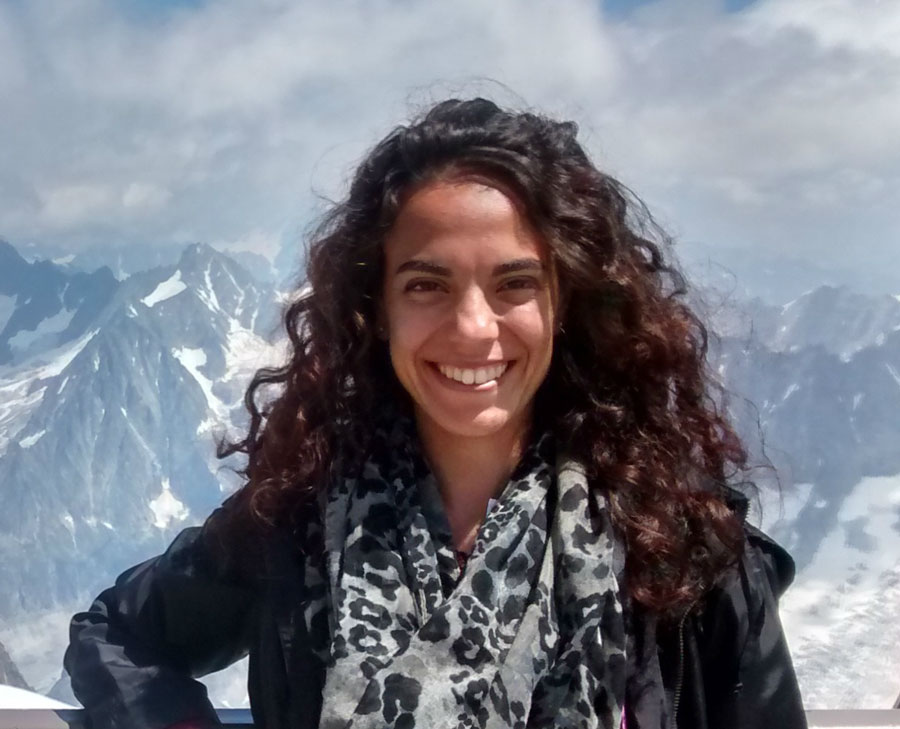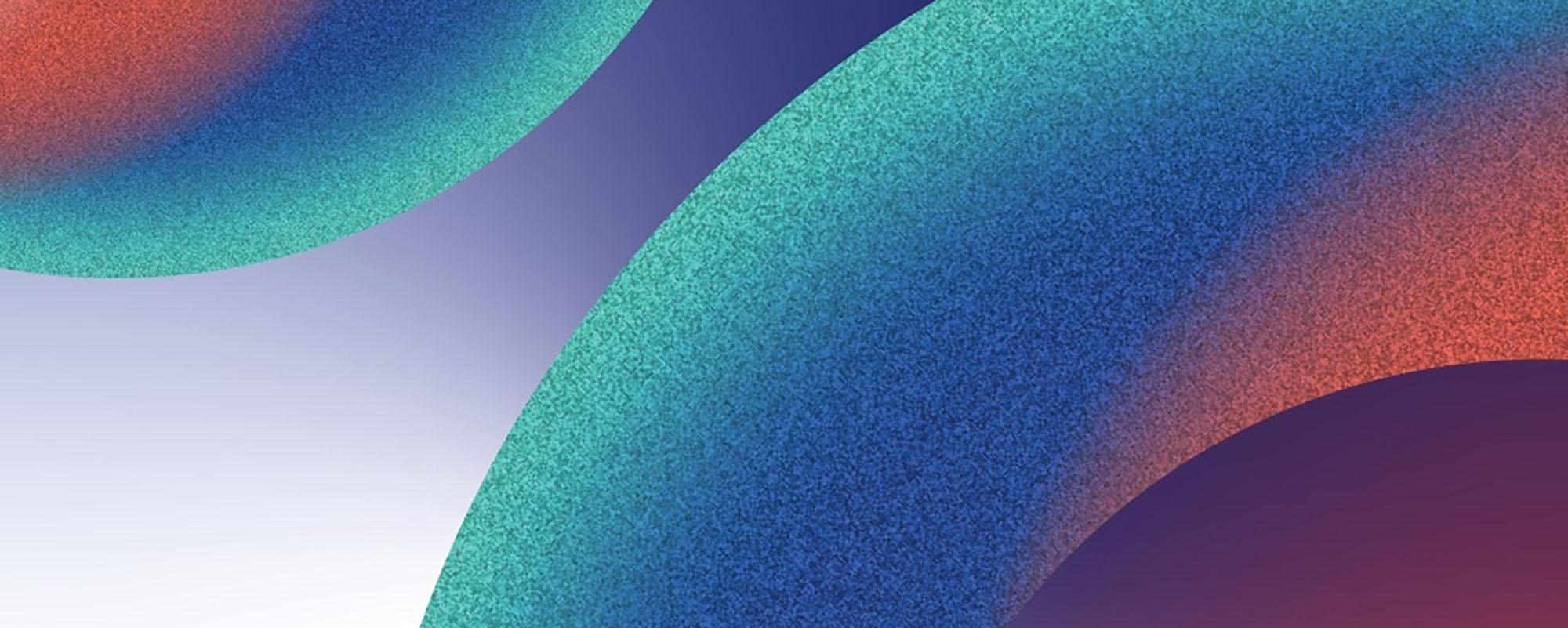By Julia Farrugia
Automatic facial recognition could change the world of law enforcement. Profile photos of suspects are rarely available, so investigators still rely on face sketches based on eyewitness descriptions. Julia Farrugia (supervised by Dr Ing. Reuben Farrugia) implemented an automatic face recogniser that is able to retrieve a photo based on a sketch. This narrows down the number of potential criminals before trails start to go cold.

Sketches and photos have different natures (modalities)—photos are generally captured using a digital camera, while sketches may be hand-drawn or computer generated. In order to tackle this problem, Farrugia developed an inter-modal approach to sketch retrieval. Without changing the nature (modality) of the images, common features in the sketch and photo were used as a basis for retrieval. Testing was carried out using the Chinese University of Hong Kong (CUHK) student database, which contains 188 photo-sketch pairs.
The implementation makes use of an Active Orientation Model (AOM), which is freely available. 68 strategic points on a query sketch and suspect photo are plotted. Dots depict features like eyebrows, hairline, and nose. The distance was calculated between the respective points on the sketch and photo. The smaller the difference in distances, the closer the match. 55.85% of tests resulted in a correct match between sketch and photo. To improve these results, texture features of the query sketch and each photo in the dataset were extracted using Local Binary Patterns (LBP). The distance was again calculated but included the texture features. The results were then merged with the distances obtained using the AOM method. Giving a higher priority to the distances obtained using the texture features increased the recognition rate to 60.11%.
Results could be improved by filtering the photos according to gender and by experimenting on larger datasets with subjects from different ethnicities, wearing glasses, or having facial hair. Advancements in computer vision means that soon humans will not be the only eyes narrowing down possible suspects.





Comments are closed for this article!